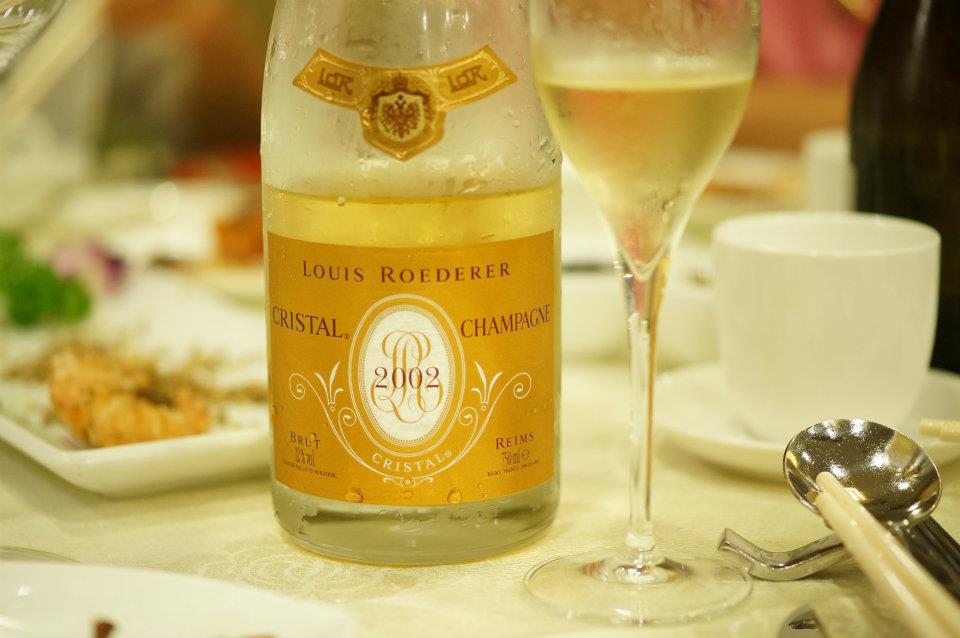The fascinating story behind Cristal Champagne

Not all champagnes are created equal, and Louis Roederer Cristal champagne has long been considered one of the finest cuvées to indulge in. But while the brand’s hype among the rich and famous may lead some to believe it to be a marketing gimmick, the champagne’s storied history makes it as authentic as the estate its grapes are grown on. Whether you only buy the finest champagne to age in the cellar or want to splash out on a gift for that special someone, getting to know the story behind this esteemed wine makes it all the more enjoyable when you finally pop the cork.
The birth of one of the world’s top champagne houses
In 1833, Louis Roederer inherited the Dubois Père & Fils champagne house – originally founded in 1776 – and renamed it eponymously to start a new journey in wine making. Unlike many other houses in the mid nineteenth century, Roederer’s company acquired a number of grand cru vineyards. This allowed the house to cut out the middleman and begin growing its own grapes, exerting complete control over the quality of every batch.
A wine fit for royalty
The creation of Cristal champagne and a key moment for the Louis Roederer house came in 1876 when Tsar Alexander II, emperor of Russia and admirer of the estate, asked them to provide him with a bottle of its best cuvée once every year. The champagne was named after the unconventionally clear and flat-bottomed lead-crystal bottle it came in. While Louis Roderer simply describes the bottle as a way of distinguishing the wine, it’s been suggested that the Tsar himself requested such a design, perhaps even to foil would-be assassins who may poison the liquid or hide a bomb in the punt underneath.
Release to the public
If the Tsar’s influence on the design of the bottle is true, his fears were well founded: Alexander II was assassinated in 1881, though not through any sabotage of his beloved Cristal. Following the fall of the monarchy at the beginning of the Russian Revolution in 1917, Louis Roederer continued production of Cristal for international buyers and eventually released it to commercial markets. Through the course of the 20th century, Cristal champagne grew its reputation as one of the world’s most iconic and luxurious commercially available wines.
A modern marvel
In the 21st century, Cristal has continued to be produced only in the best years from the house’s grand cru vineyards. A number of its vintages have achieved among the highest scores given by top wine critics – a status embodied by the clear, golden bottle it is so renowned for. Surprisingly, the gilded label isn’t just for aesthetic; the use of a clear bottle exposes the wine to UV light that wouldn’t normally penetrate the glass, but the label helps protect the precious contents from spoiling. This makes it possible to maintain Cristal’s elegant packaging without preventing connoisseurs from ageing the wine for years or even decades, further refining what is an exquisite champagne.








